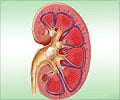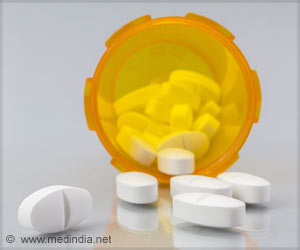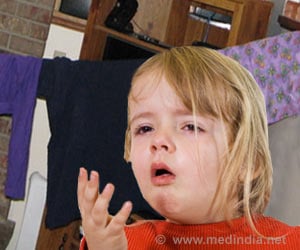Shockwave Lithotripsy has been found to be an efficacious modality for pediatric urolithiasis, according to a recent review.
The literature also shows that good results are obtained even with large stone burdens, irrespective of stone location. Wadhwa, et al reviewed the outcomes of shockwave lithotripsy in the pediatric population in their center in New Delhi, India. They assessed the impact of stone burden and location, as well as the age of the child on the stone free rates.They reviewed 106 patients who were less than 16 years of age treated with shockwave lithotripsy for stones with a surface area of 20-600 mm2 between July 1989 and June 2004. Metabolic abnormalities were present in 20.7% of the patients. All the procedures were performed using the Siemens Lithostar and the stone clearance was assessed 3 months after shockwave lithotripsy. Complications and the need for subsequent treatment and ancillary procedures were noted. The impacts of stone size and location as well as the age of the child were assessed regarding stone clearance.
The group found that the overall stone-free rate was 87% with a complete clearance of 72% and what they called an insignificant less than 3-mm residual fragments of 15%. The re-treatment rate was 58%. The efficiency quotient was 47. They also found that stone size correlated with a stone free rate while patient age and stone location did not have a significant impact.
The group concluded that shockwave lithotripsy is an effective modality to treat pediatric upper urinary tract calculi, especially when the stone burden is less than 200 mm2. Larger stone burdens are associated with a poorer clearance and required subsequent procedures. They also found hat the larger stone burdens had a higher complication rate. If shockwave lithotripsy is going to be used as a modality in stone treatment, it is our responsibility as the surgeons to follow these children long term to ensure that not only is it an efficacious modality but safe with no long term morbidity to the patients.
Source-Newswise
SRM









